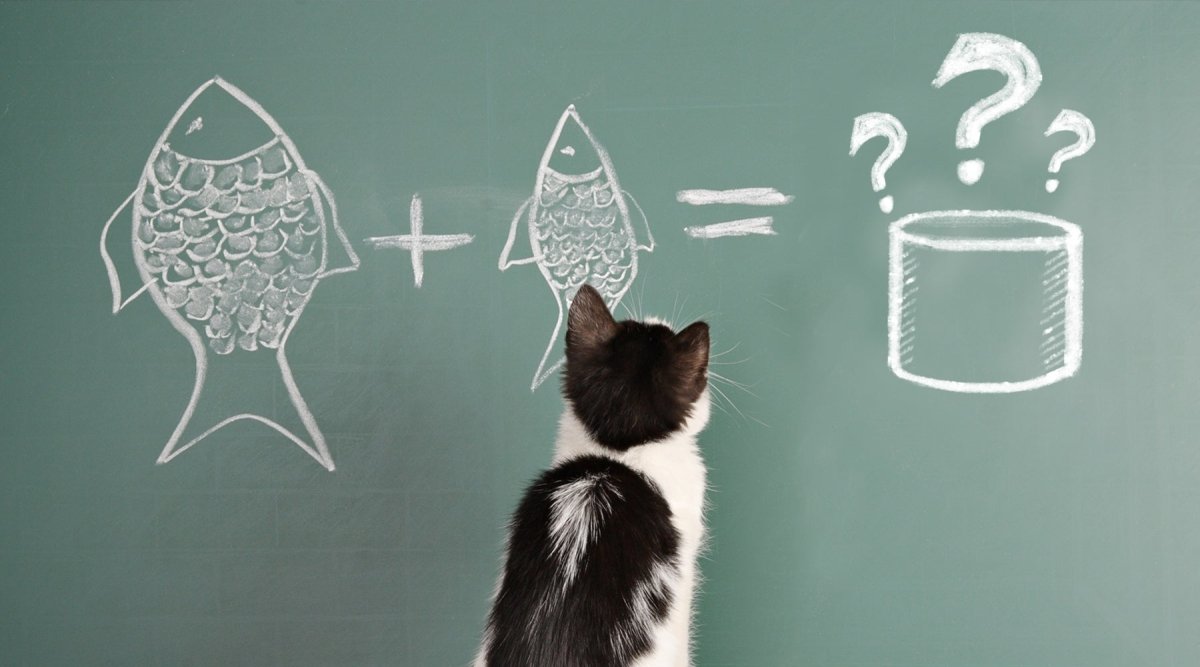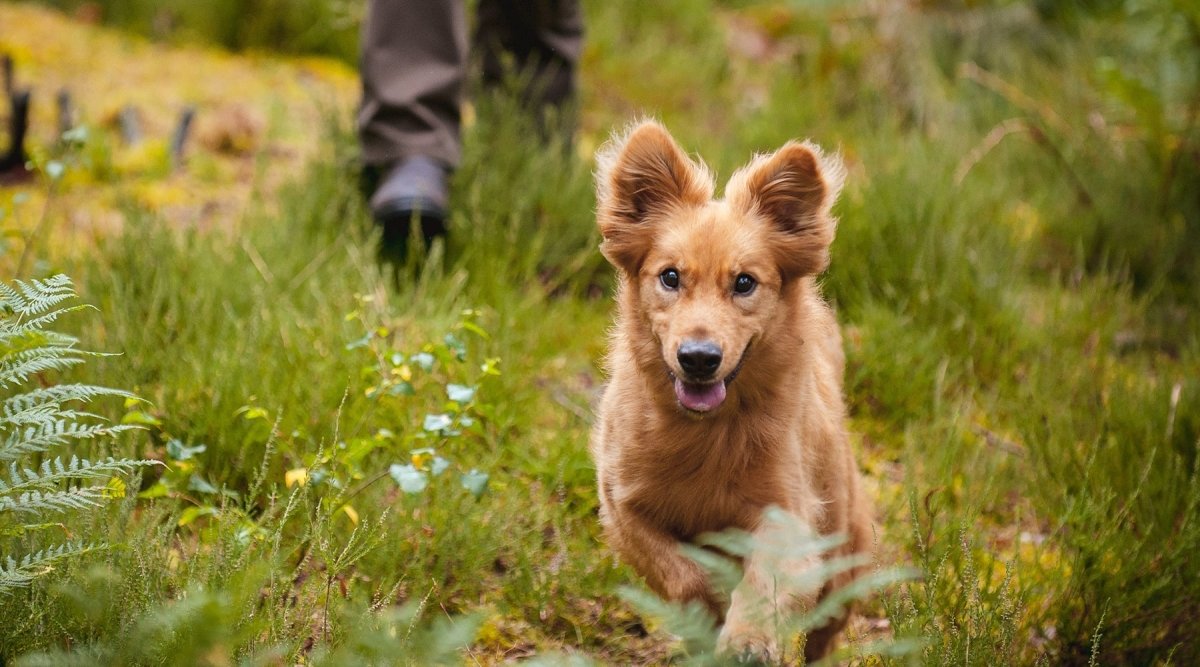Unfortunately, stomach torsions are a common occurrence in dogs. This disease is dramatic for your four-legged friend because a few minutes can make the difference between life and death. Today, our veterinary practitioner Angelica explains the signs of a gastric torsion and gives you advice on how you can take precautions in an emergency.
What happens when a dog's stomach twists?
Your dog's stomach is attached to his abdomen by several ligaments. However, there is enough space to allow the stomach to expand during feeding. When the stomach rotates, it turns around either the longitudinal axis (torsio) or the transverse axis (volvulus). Important blood vessels and nerves are squeezed in the process. As a result, your pet's stomach is no longer supplied with blood. In addition, the spleen, which is closely connected to the stomach, is displaced.
Gastric torsion in dogs is always an acute and serious emergency that should be treated immediately. In the event of a gastric dilatation-torsion or a volvulus complex (MDTV), as gastric torsion is still called, the dog should be taken to the nearest clinic without delay.
Which dogs are most commonly affected by gastric torsion?
Not all breeds are equally at risk of stomach torsion. Smaller or medium-sized breeds are much less likely to suffer from this disease than large breeds. This is due to the fact that large dogs, which have a broad chest compared to their abdominal girth, often have more room for maneuver in their stomachs - i.e. more mobility, which allows them to rotate. The following breeds are frequently admitted to the clinic with a diagnosis of gastric torsion: Great Danes, Rottweilers, German Shepherds, Dobermans, Boxers, St. Bernards, Molosser breeds and also Setters (Irish Setters, Gordon Setters) as well as mixed breeds from these breeds. It can also be observed that the increasing age of your dog increases the risk of this disease. The reason for this is the decreasing firmness and flexibility of his connective tissue.
Causes of gastric torsion in dogs
The question of the causes of gastric torsion is complicated and is the subject of controversial debate online and among experts. The view that dogs should not be allowed to run around after eating is now outdated. What is certain is that gassing up of the stomach precedes gastric torsion.
As a dog owner, how can I prevent gastric torsion?
As the causes are still unresearched and vets also have different opinions on the causes of gastric torsion, it is difficult for dog owners to take preventive action. In my opinion, the risk of this disease is reduced if you split up your pet's meals instead of feeding him only once a day. But I also know giant breeds that only get one meal a day and have never suffered from gastric torsion. Hard-to-digest food or mixed food ingredients that can cause flatulence are certainly harmful. Gassing that occurs in this way can be the precursor to a gastric torsion.
How can I recognize a gastric torsion in my dog?
It is crucial for dog owners to be able to recognize a gastric torsion when it occurs. That way you can act quickly and save your pet's life if in doubt. These are signs of a possible gastric torsion:
- Restlessness of your pet
- Need for cool places
- Attempts to vomit
- Noticeable salivation
- Moaning, panting, heavy breathing
- Frequent defecation
- Rapid, shallow pulse
- Remaining in one place
- Sawhorse-like position
- Bloated abdomen
- Pale mucous membranes
- Impending circulatory collapse
The bloated stomach is the very last sign that you should not overlook. Ideally, you will recognize the other signs beforehand. Your dog will probably no longer allow you to touch him.
What to do with my dog in an emergency?
If you think you recognize the symptoms of a stomach torsion, you shouldn't waste any time. A trip to the clinic is essential, as not every vet can perform the necessary surgery. As a dog owner, you should therefore already have the address of a veterinary clinic to hand. This will save you valuable time in an emergency and you can admit your pet directly.
What happens in the clinic in the event of a stomach torsion?
Once you have reached the clinic with your dog, the most important step has been taken and you can hand your pet over to the specialists. Don't be surprised if this is usually a very unemotional handover - the important thing is that action is taken quickly. After that, you will have to wait. Often the clinic does not have time for a detailed diagnosis, in which case there is no need for an X-ray.
The operation then begins. If the torsion of the stomach is already at an advanced stage, this can be complex. Partially dead parts of your dog's stomach wall and even the spleen may have to be removed in some cases. Unfortunately, this also reduces the chance of survival for these dogs.
At the end of the operation, a permanent gastropexy is now performed by the doctors as standard in the case of gastric torsion. In this procedure, a certain part of your dog's stomach is sutured to the (usually right) side of the abdomen. Your dog's stomach will grow against the abdominal wall, preventing it from turning again. This is called gastropexy and is usually part of the standard program for stomach torsion. This is because 80% of dogs that have not undergone gastropexy suffer from gastric torsion again. It is best to clarify this briefly with the attending vet at the clinic.

What aftercare is important for my dog after the operation?
After the operation, your dog must above all be spared. He will also be given a "light diet" (light food), which you can divide into several small meals a day. This special diet is essential for two to three weeks to ensure your four-legged friend's chances of recovery.
In the case of gastric torsion, it is crucial that the dog owner is well acquainted with the symptoms of the disease. It is up to you alone to bring your four-legged friend to the clinic in good time and thus save him.
I hope that you and your dogs don't have to go through this situation, or that your four-legged friends recover quickly!



